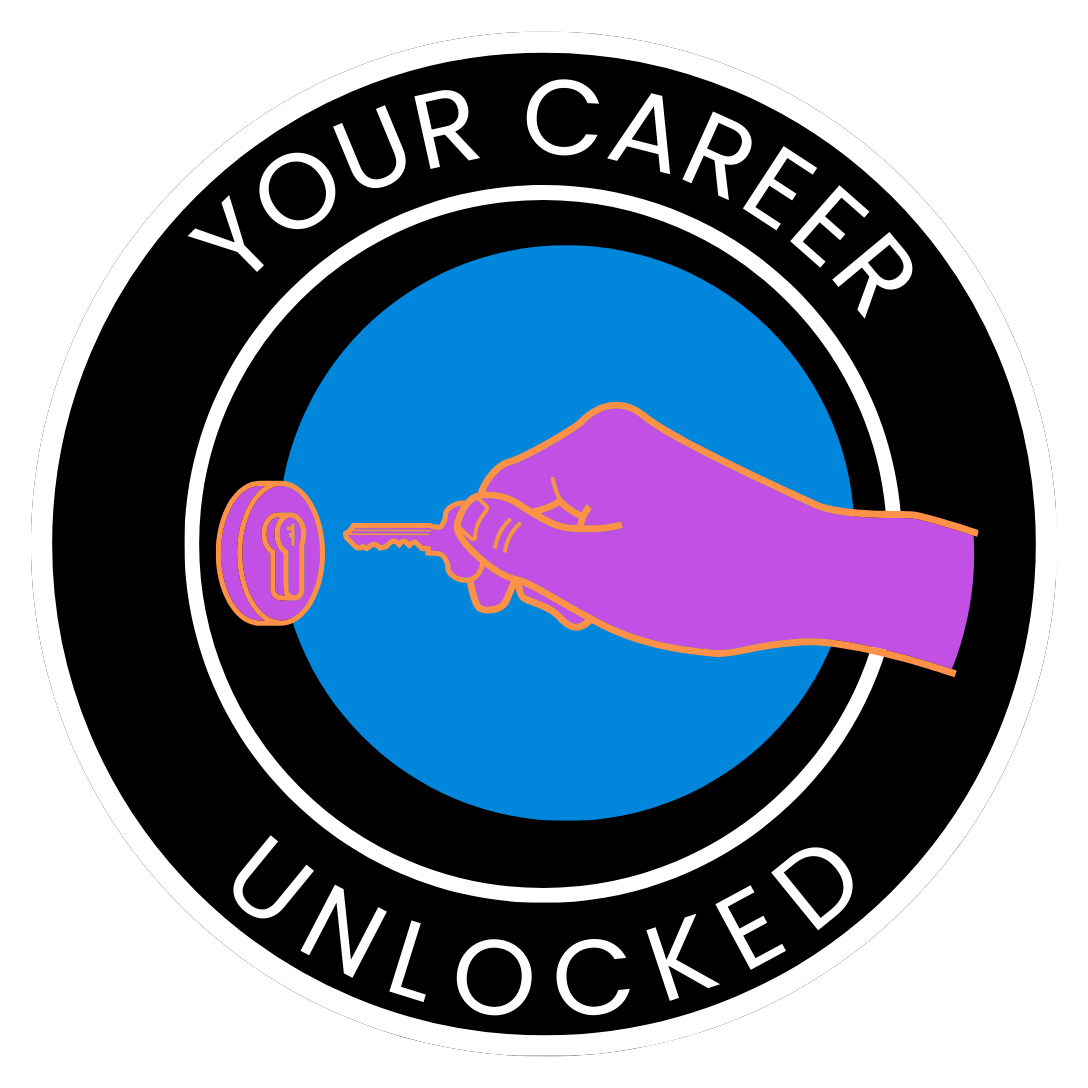Alright, let’s cut through the Google Ads jargon and get you set up without the headaches. If you’ve ever wondered how businesses get their ads to pop up when you search something like “best taco trucks near me,” you’re about to find out. Google Ads is the magic tool that lets you reach people right when they’re looking for what you offer. In this guide, I’ll take you step-by-step through setting up your first Google Ad—no fuss, no tech mumbo-jumbo. We’ll go over must-know keywords, use the Google Keyword Planner, and set up an ad that’ll actually work. For this example, let’s pretend you’re running a coffee shop and want to attract folks searching for “best coffee near me” or “coffee shop open now.” Ready? Let’s brew this ad!
Step 1: Understand Key Google Ads Terms
Before we dive into setting up the ad, let’s go over some terms you’ll see a lot:
- Campaigns and Ad Groups: Think of a campaign as your main goal (like “get more people to my coffee shop”) and ad groups as focused groups of related ads under that campaign. We’ll set up one ad group in this guide.
- Keywords: These are the search terms you’re bidding on. For a coffee shop ad, good keywords might be “best coffee near me,” “coffee shop Denver,” or “coffee open now.”
- Bidding: This is how much you’re willing to pay for each click. Google Ads has different strategies, but we’ll stick with the basics—setting a manual cost-per-click (CPC) bid.
- Quality Score: Google scores your ad’s relevance based on the keyword, ad copy, and landing page. A high Quality Score means lower costs and better placements.
Step 2: Create Your Google Ads Account
- Go to Google Ads and sign in with your Google account.
- Click on “New Campaign” and choose your campaign goal. For our coffee shop, let’s choose “Website traffic” as the goal.
- Select “Search” as the campaign type (since we want people to find us in Google Search).
- Set your campaign’s geographic location—maybe your coffee shop is in Denver, so select “Denver, CO.”
- Choose your daily budget. Google will estimate clicks based on this amount, but you can start low, maybe $10/day, and increase it as you see results.
Step 3: Set Up Keywords with Google Keyword Planner
Keywords are the secret sauce for your ad, and Google’s Keyword Planner makes finding the right ones easy.
- Open Google Ads, go to “Tools & Settings” in the top menu, and click “Keyword Planner.”
- Select “Discover new keywords” and type in phrases like “coffee shop near me” or “Denver coffee.”
- Review the suggested keywords. Look for keywords with high search volumes and low to medium competition to get the best results for less money.
- Once you have a list of keywords (try 5–10 for starters), add them to your ad group.
Step 4: Craft Your Ad
Now it’s time to write an ad that’ll actually make people want to click! Here’s a simple structure you can follow.
- Headline 1: Start strong! Try something like, “Best Coffee in Denver” or “Coffee Open Now.”
- Headline 2: Include a benefit. Something like “Fresh Brews All Day” or “Locally Roasted Beans.”
- Headline 3: Include your location or call to action: “Visit Us Today!”
Example Ad:
- Headline 1: “Best Coffee in Denver”
- Headline 2: “Fresh Brews, Cozy Vibes”
- Headline 3: “Open Now – Come In!”
- Description 1: “Craving a fresh brew? Stop by for the best locally roasted coffee in Denver. Open early for morning commuters!”
- Description 2: “Grab a latte, meet a friend, or just chill. Find us on Main St, open daily.”
Step 5: Choose Your Bidding Strategy
Start with a manual CPC to control your costs. For a coffee shop, you might start with a bid of $1.00 per click. Adjust this up or down as you monitor performance.
- Go to the “Bidding” section.
- Choose “Manual CPC” to set a specific cost for each click.
- Set your bid amount (e.g., $1.00) and save.
Step 6: Set Up Ad Extensions
Ad extensions add more info to your ad, making it stand out. Here are some useful ones for a coffee shop:
- Location Extension: Adds your address, so people can find your coffee shop easily.
- Call Extension: Let’s people call you directly if they’re on a mobile device.
- Sitelink Extensions: Link to specific pages on your site like “Menu” or “About Us.”
Step 7: Launch and Monitor Your Ad
Review everything—budget, keywords, ad copy, location—and hit “Publish” to launch. Google will start showing your ad when people search for your selected keywords.
Monitoring:
Check your ad’s performance in Google Ads regularly. Track clicks, cost-per-click, and any conversions. Adjust your bid, keywords, or ad copy as needed to improve results.
Summary
Google Ads can be a bit overwhelming at first, but by following these steps, you’ll have a solid foundation. Start small with a clear goal (like getting more people to your coffee shop), use Google’s Keyword Planner to find relevant keywords, write an engaging ad, and monitor your performance.ness objectives.

